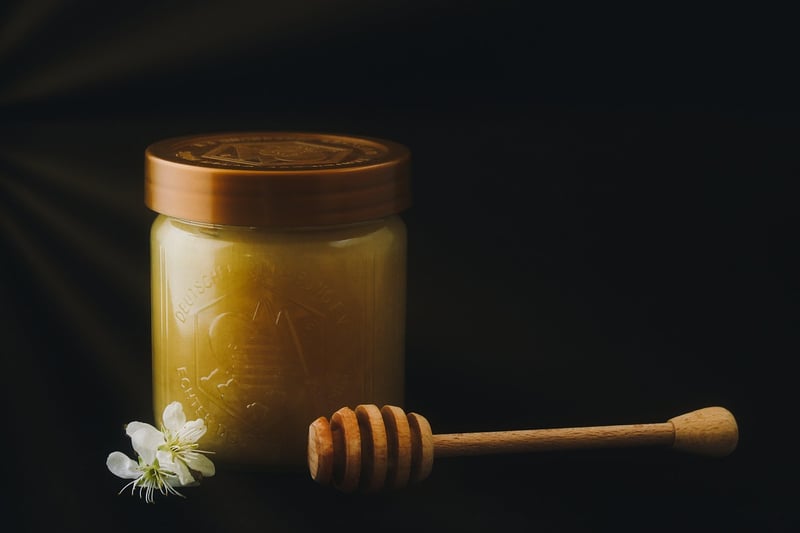Bee Conservation
Bringing Wildlife to Urban Areas: A Guide to Bee Conservation

Urbanization has led to the loss of natural habitats for many wildlife species, including bees. However, with a few simple steps, you can attract wildlife to urban areas and contribute to bee conservation efforts.
Plant Bee-Friendly Flowers
Bees rely on flowers for nectar and pollen, so planting a variety of bee-friendly flowers in your garden or on your balcony can provide them with a vital food source. Some great choices include lavender, sunflowers, and wildflowers.
Provide Water Sources
Bees need access to water, especially during hot and dry weather. You can create a bee-friendly water source by placing a shallow dish with water and rocks for them to land on. This will help keep bees hydrated and healthy.
Avoid Pesticides
Pesticides can be harmful to bees and other pollinators. Opt for natural pest control methods and avoid using chemical pesticides in your garden to create a safe environment for bees.
Build Bee Hotels
Many bee species nest in hollow stems or holes in wood. You can support these bees by building bee hotels using bamboo tubes or drilled wooden blocks. Place these hotels in a sunny, sheltered spot in your garden to provide nesting sites for bees.
Get Involved in Community Efforts
Join local bee conservation groups or community gardens to learn more about bee conservation efforts in your area. By working together with others, you can make a bigger impact in creating bee-friendly urban spaces.
By following these simple steps, you can help attract wildlife to urban areas and support bee conservation. Remember, every small action counts towards creating a more sustainable environment for bees and other pollinators.
Let's all do our part in creating a bee-friendly world!
